Razer
Latest
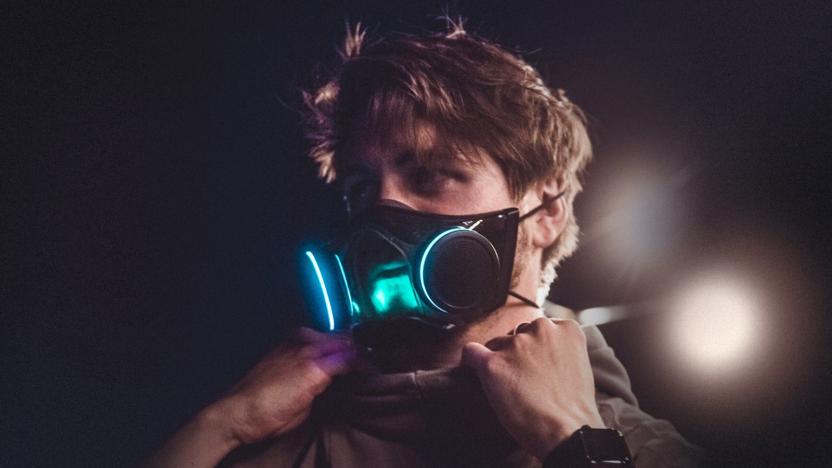
Razer will refund Zephyr mask buyers due to bogus N95 claims
Razer didn't even submit its Zephyr masks for N95 certification testing, according to the FTC.
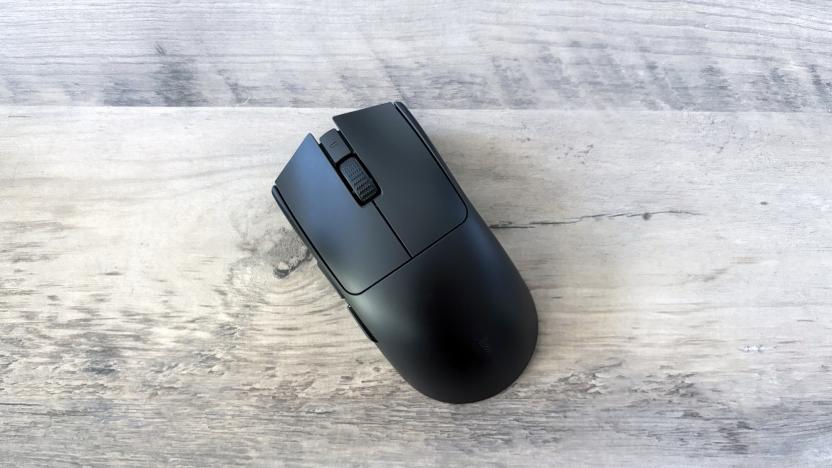
Nobody needs to spend $160 on a gaming mouse, but Razer’s new Viper V3 Pro is excellent anyway
Razer has announced the Viper V3 Pro, its latest premium wireless gaming mouse. Here are our hands-on impressions.
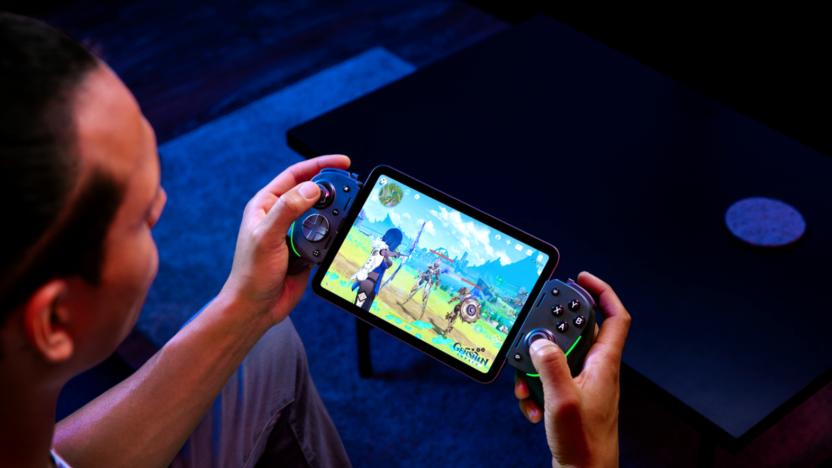
Razer's Kishi Ultra gaming controller works with damn near everything, including some foldables
Razer just released the Kishi Ultra mobile gaming controller. It works with some foldable phones, in addition to Android devices, iPhones and iPads.
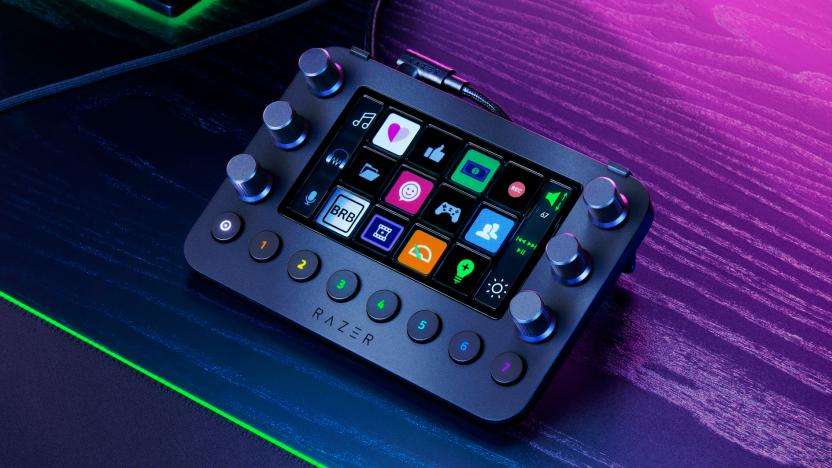
The Razer Stream Controller is down to its all-time low price
Amazon has discounted the Razer Stream Controller down to $200 — it's all-time low price.
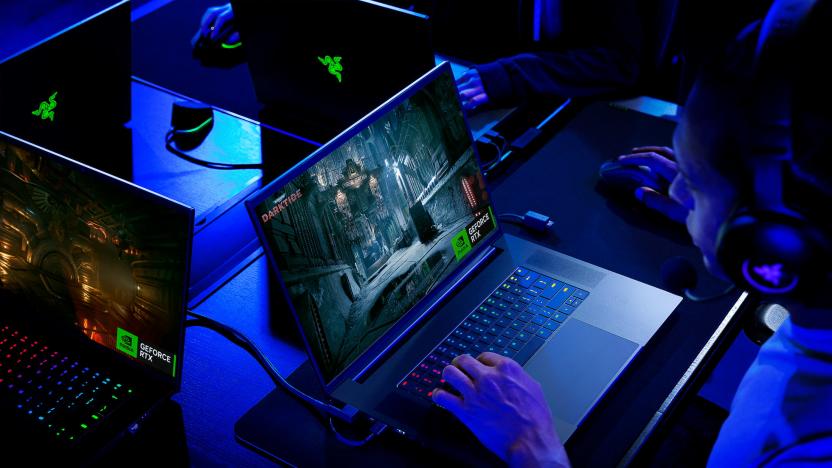
The latest Razer Blade 18 is now available to order
The latest Razer Blade 18 is now available. You can choose to kit it out with a 4K 200 Hz display, but that'll set you back an extra $1,700.
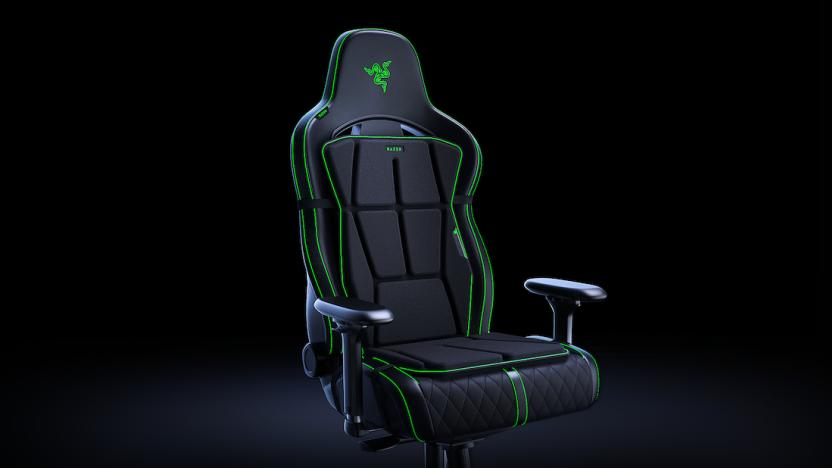
Razer is bringing the world's first HD haptics gaming chair cushion to CES 2024
It has 16 haptic actuators and is compatible with most chairs.
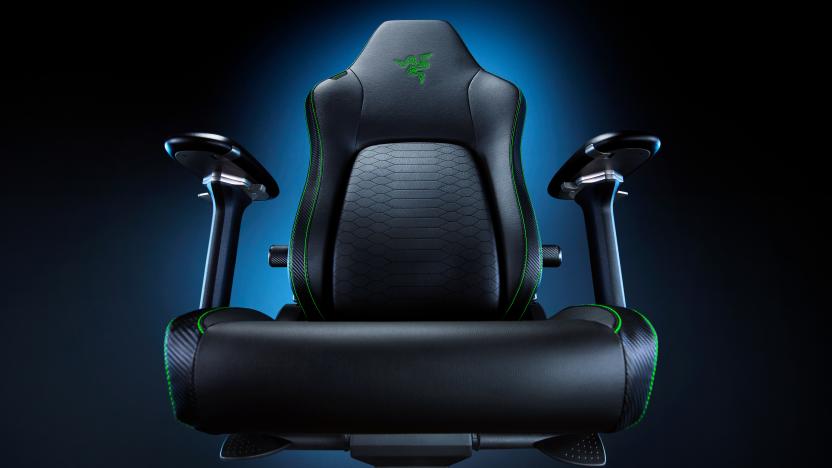
Razer updates its Iskur gaming chair with a ‘6D’ lumbar system for CES 2024
Razer’s new accessories at CES 2024 are every bit as lavish as you’d expect. At this year’s convention, the company has a follow-up to its first gaming chair, an 11-port USB-C dock, a gaming cushion with HD haptics and a monitor-mounted light bar with Chroma RGB illumination.
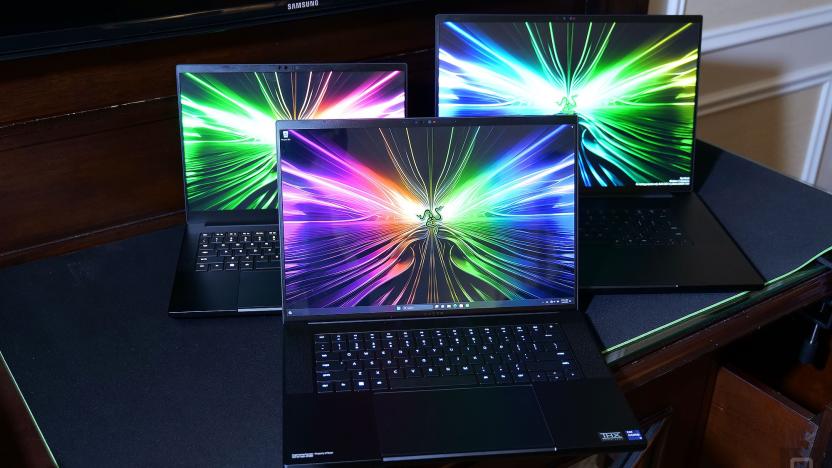
Razer’s Blade laptop lineup shines bright with stunning screens at CES 2024
At CES 2024, Razer announced two world's first displays for the Blade 16 and 18 that look simply incredible.
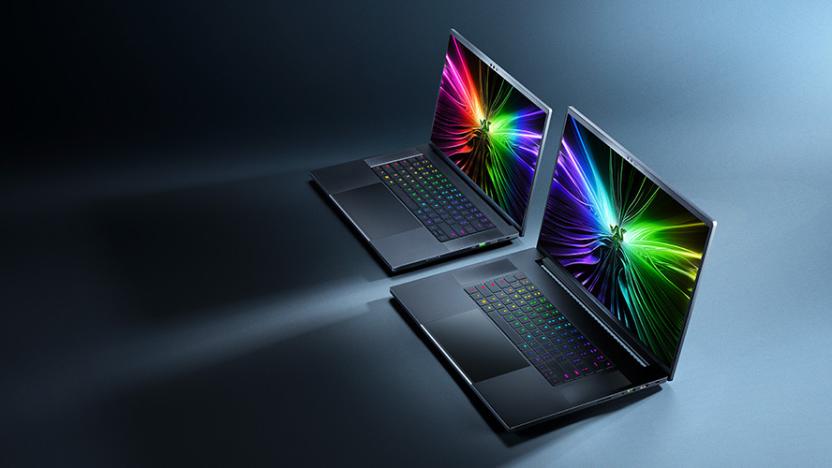
The new Razer Blade 16 laptop will have world's first 16-inch 240Hz OLED display
Razer is previewing two new Blade laptops, which it will officially unveil next week at CES 2024. The company says the new Razer Blade 16 has the world’s first 16-inch 240Hz OLED panel, and the updated Razer Blade 18 has an 18-inch 4K 165Hz one.
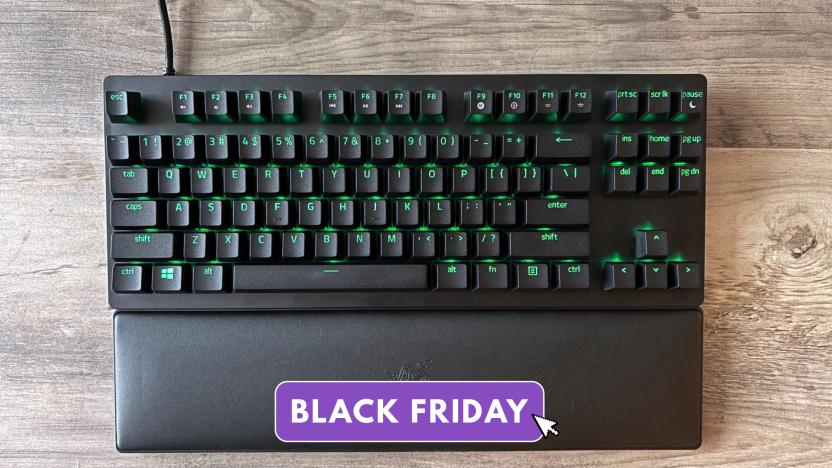
Razer Black Friday deals for 2023 include up to 70 percent off gaming mice, keyboards and webcams
If you've been looking to pick up some new gaming gear ahead of the holidays, several Razer accessories we like are on sale as part of Amazon's Black Friday deals.
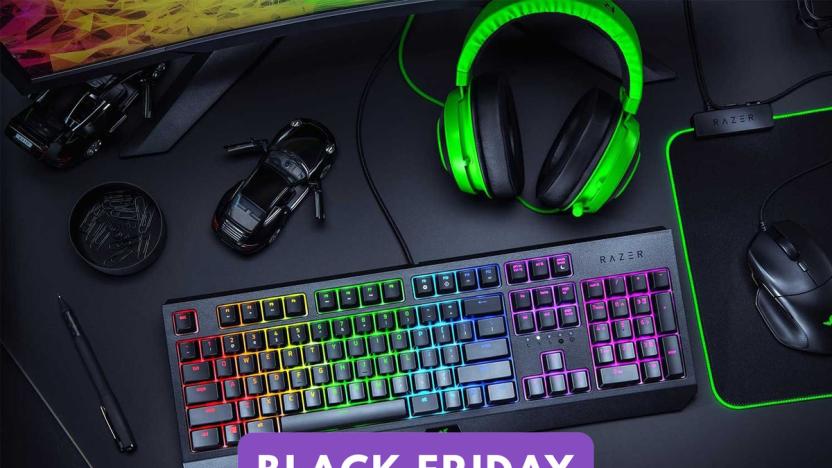
Razer's Black Friday deals knock up to 65 percent off gaming peripherals
There's a seriously hefty list of Razer products on sale at Amazon right now for Black Friday, with the most deeply discounted accessories selling for up to 65 percent off their retail price.
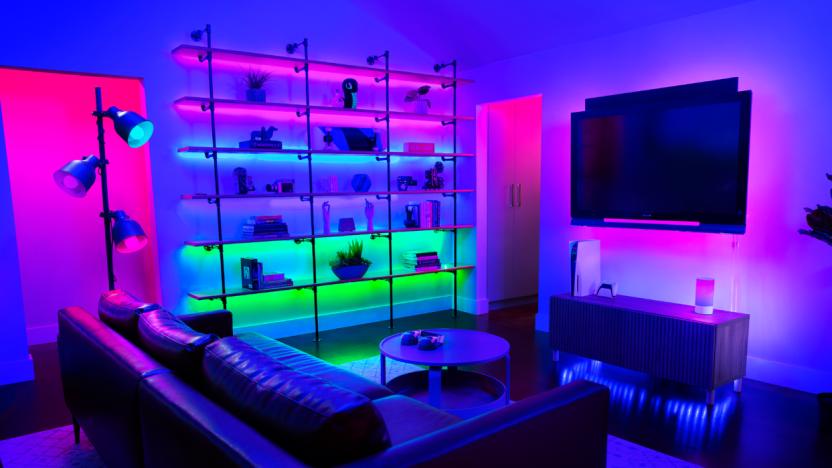
Razer's latest gaming gear includes RGB lights and new Huntsman Pro keyboards
Razer announced a string of products and software updates at Razercon on Thursday. It revealed new RGB lights, gaming chairs and Huntsman Pro keyboards.
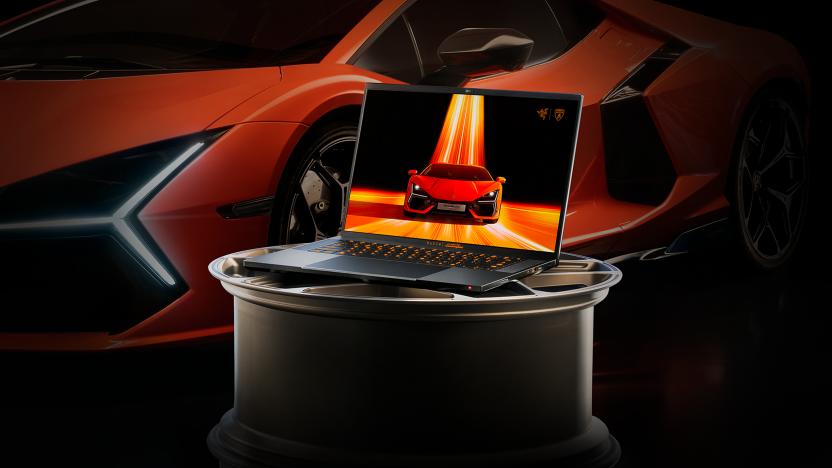
Razer makes a $5,000 Lamborghini-inspired version of its Blade 16 laptop
Razer announced a partnership with Lamborghini at this year’s Razercon event, showing off a Blade 16 laptop that’s heavily inspired by the sports car brand. The company also announced a clothing collaboration with Dolce & Gabbana.
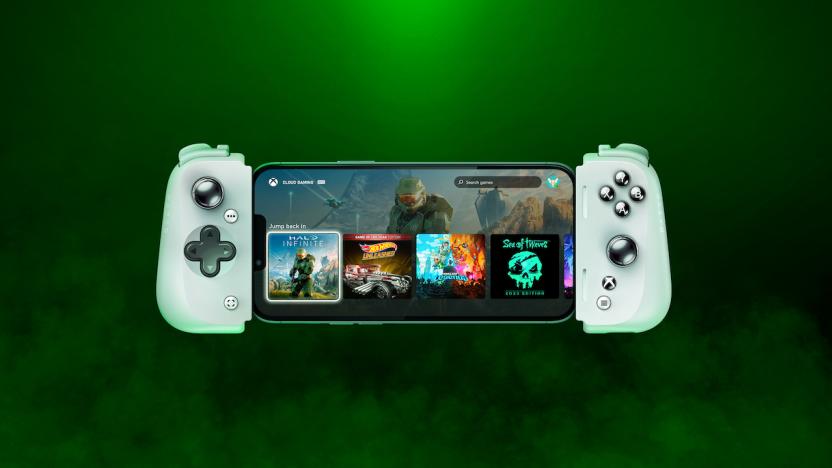
Razer's Kishi V2 controller gets an Xbox edition with themed colors and more
Razer is releasing an Xbox Edition of its popular Kishi V2 mobile gaming controller. The device will be available in two SKUs, for iPhone and Android phones, and brings plenty of Xbox-centric features into the mix. For instance, the controllers boast iconic Xbox branding and a white colorway to tie it all together.
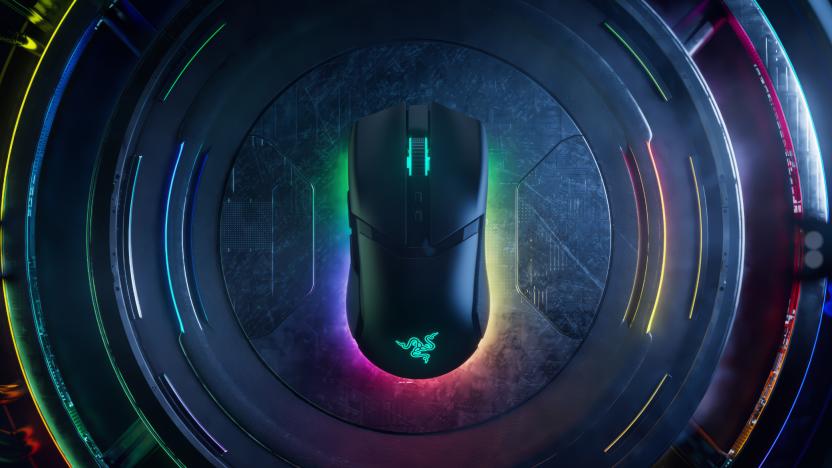
Razer’s new gaming mouse can seamlessly flip between five profiles
Razer just launched a new premium gaming mouse, the Cobra Pro, that’s packed with buttons and customization options, all wrapped in an eye-pleasing symmetrical design. There’s seven buttons at the top of the device, two on the side and one on the bottom, adding up to ten. As is traditional with modern mice, each button is fully customizable. However, Razer takes this customization to the next level.
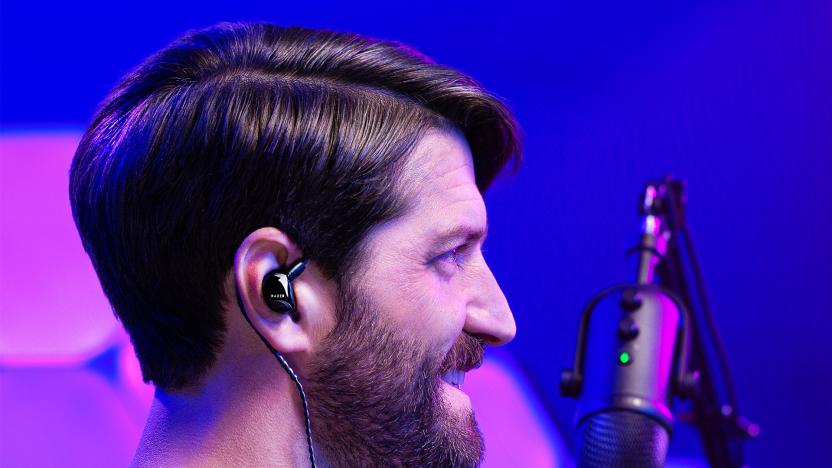
Razer's first in-ear monitor is built for gamers and streamers
Razer has introduced its first in-ear monitor, and it's built for gamers and streamers who want quality listening for hours on end.
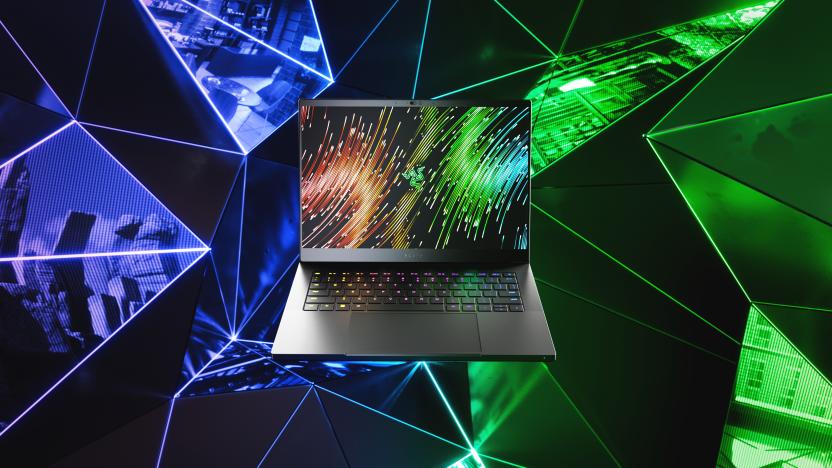
Razer Blade 14 laptop refresh features powerful Ryzen 9 and RTX 4070 chips
Razer is back with a refresh for its popular Blade 14 ultra-premium gaming laptop line and the specs are beefier than a trip to the meat-packing plant. There had been speculation as to what chips would power Razer’s latest and greatest, but those questions are now answered. The new Razer Blade 14 features AMD’s Ryzen 9 7940HS with eight cores, 16 threads and a 24MB cache. The basic model ships with the Nvidia GeForce RTX 4060 GPU but it’s upgradeable to the RTX 4070.
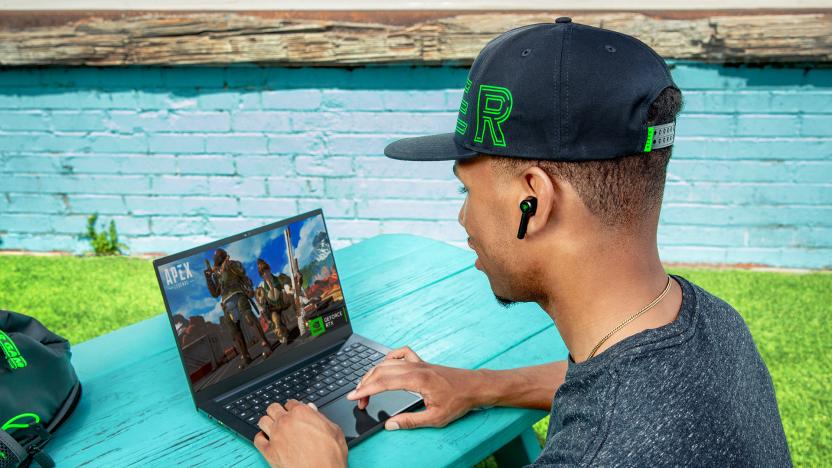
Razer's new gaming earbuds include a low-latency dongle
Razer's Hammerhead Pro HyperSpeed wireless earbuds include a dongle to reduce your lag on gaming PCs and consoles.
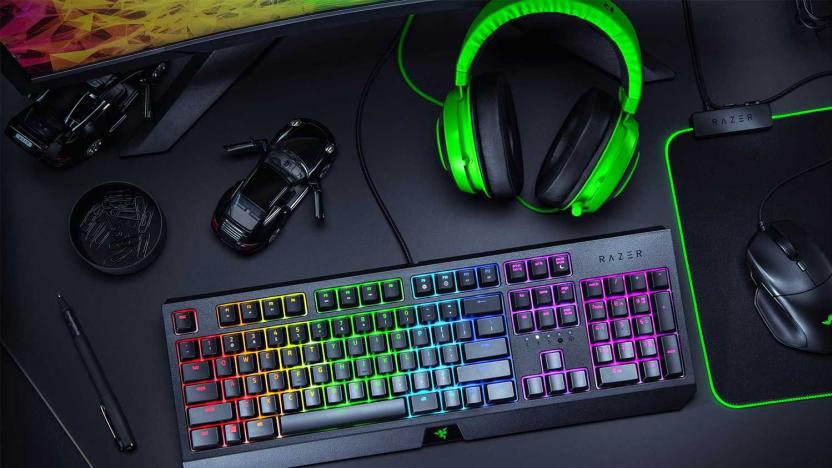
Amazon has a big sale on Razer gaming accessories and peripherals
Keyboards, controllers, headsets and more are up to 50 percent off.
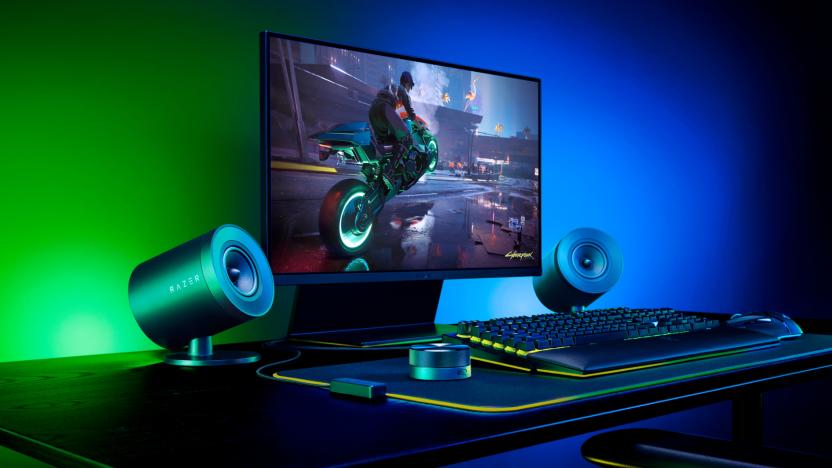
Razer's Nommo V2 Pro speakers feature spatial audio and a less painful price
Razer is updating its Nomo desktop gaming speakers with THX Spatial Audio and a new price of $450 for the wireless version and $300 for wired. Both models include a subwoofer, and the wireless model includes a new customizable Wireless Control Pod.








